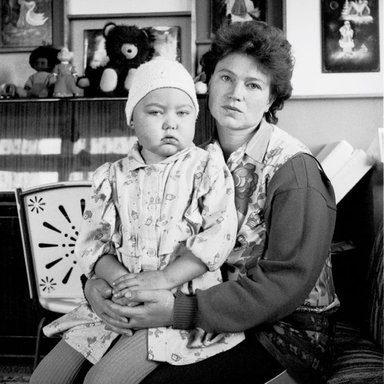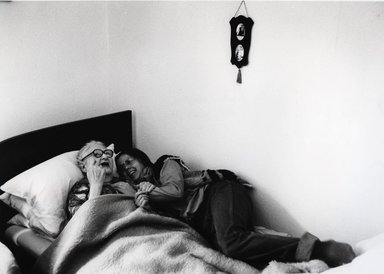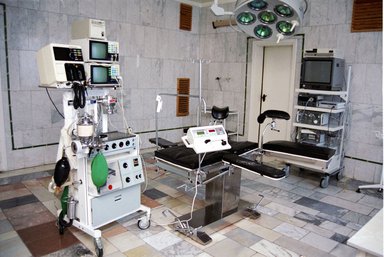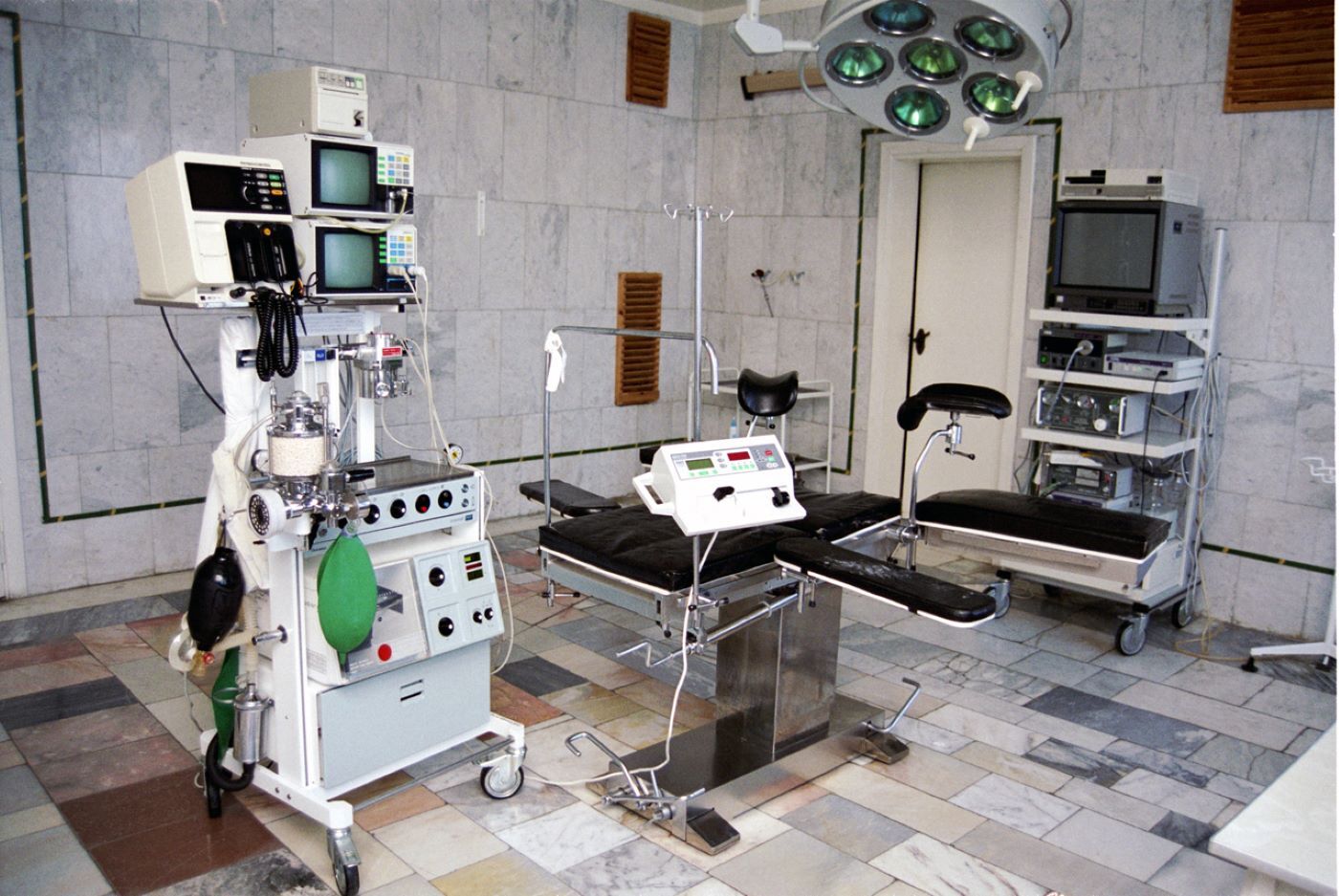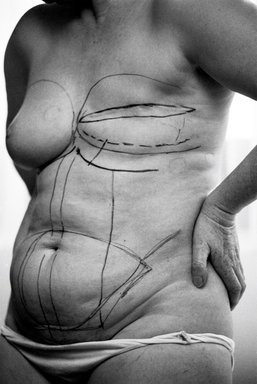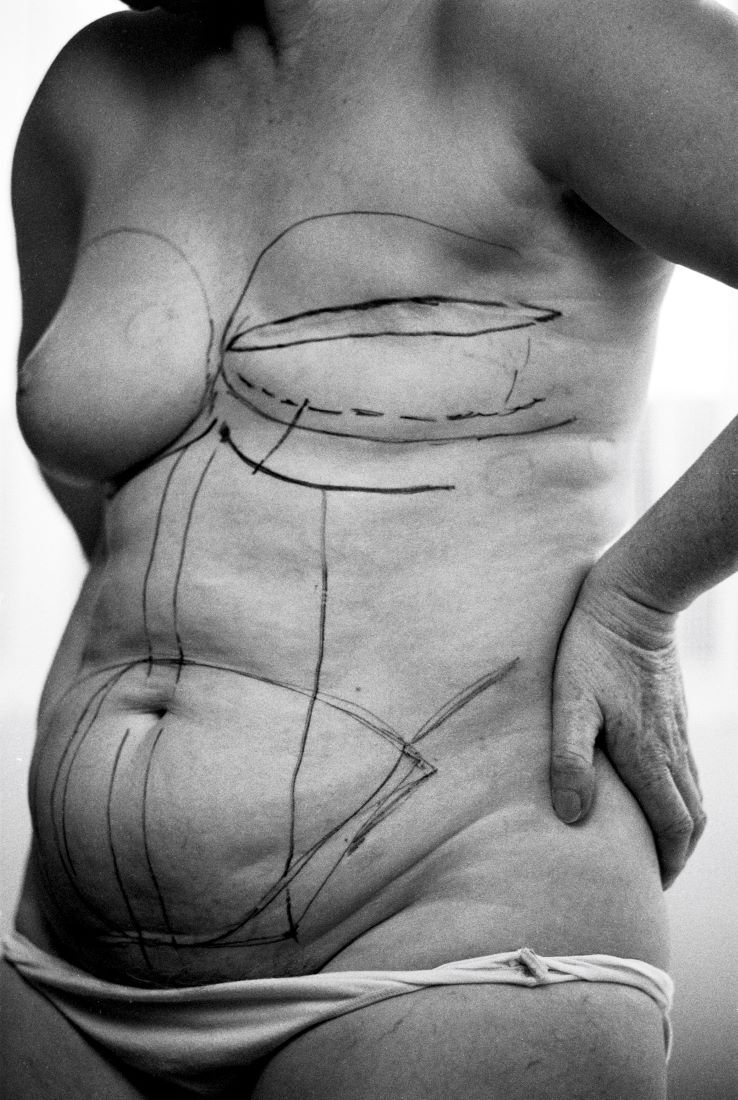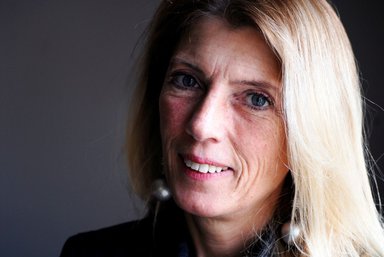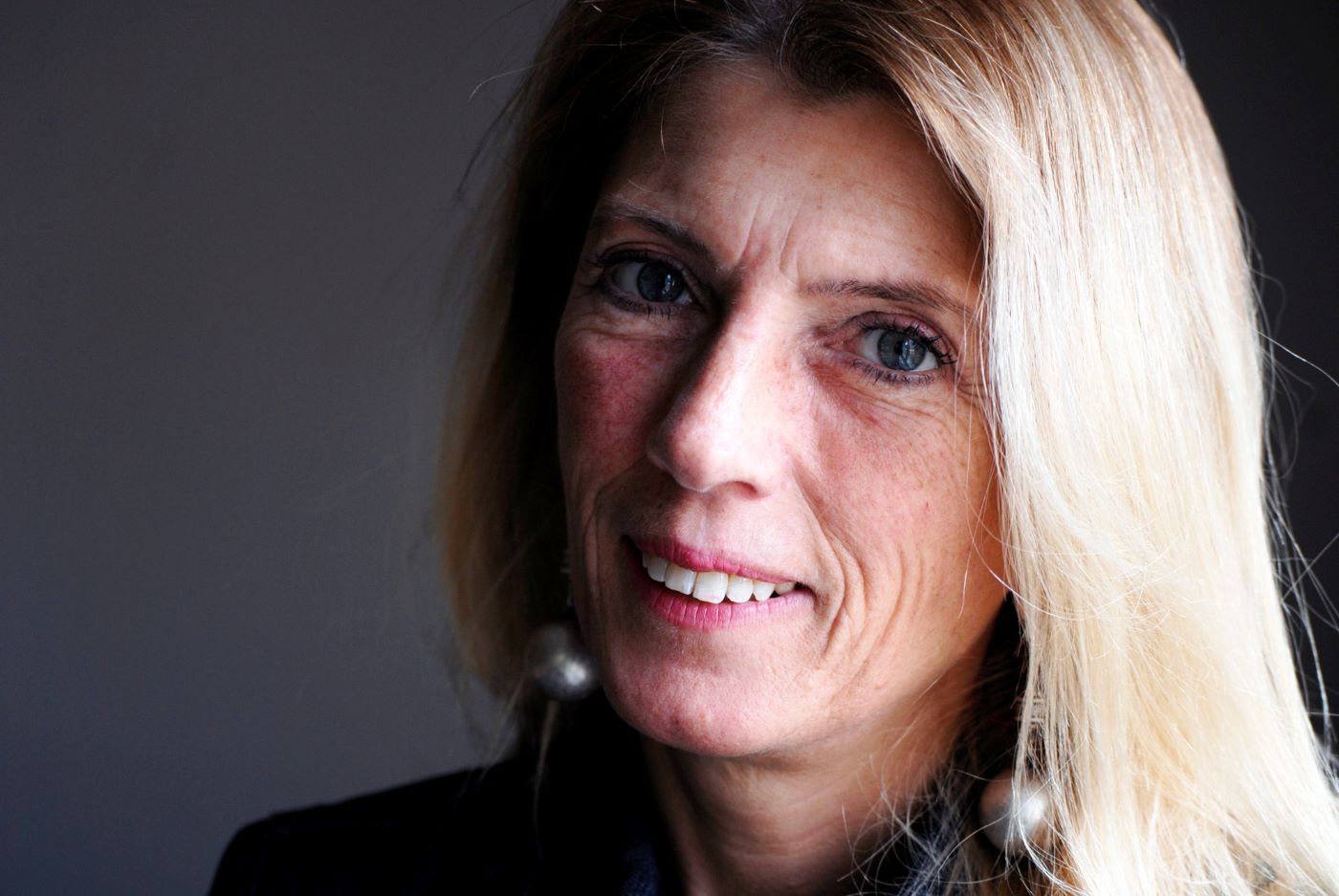„Sichtbarmachen was man nicht sieht“: Hermine Oberücks fotografisches Lebenswerk
„Sichtbarmachen was man nicht sieht“: Hermine Oberücks fotografisches Lebenswerk
Photo presentation of the lecture, held at the DFA December Conference on December 2, 2024 in the Deichtorhallen Hamburg: Hermine Oberück presented her photographic life's work here and was subsequently appointed a member of the DFA. The recording of the lecture can be viewed here: https://www.youtube.com/watch?v=GP-T6ffH-0Y
Format:
PDF Presentation
